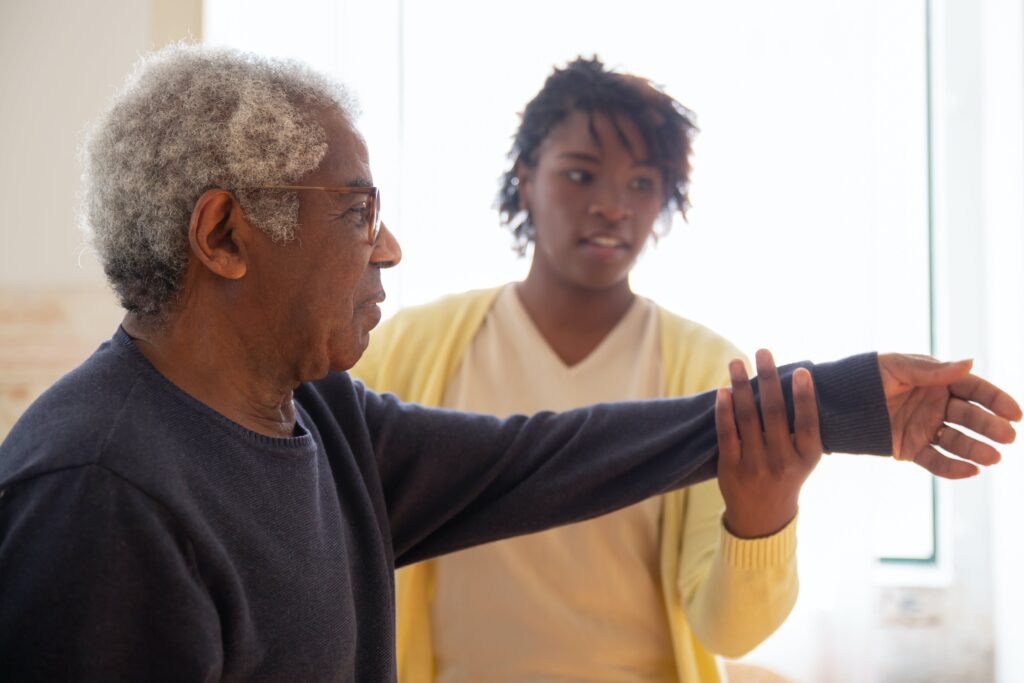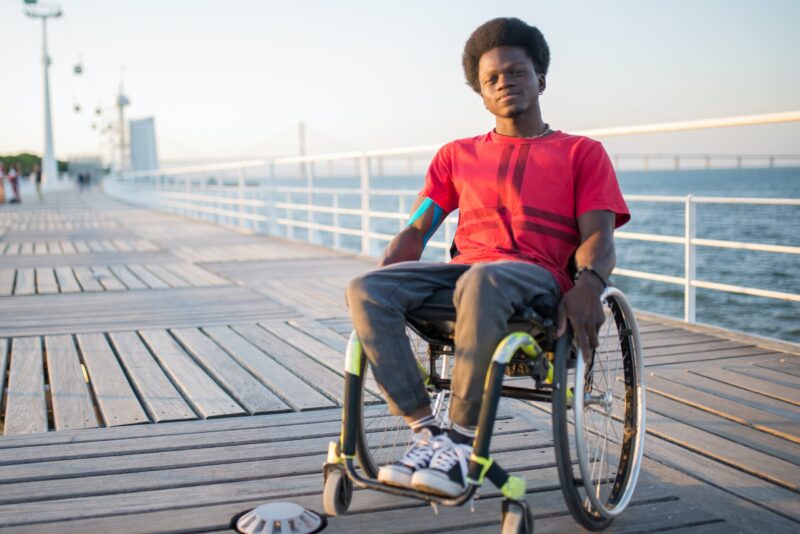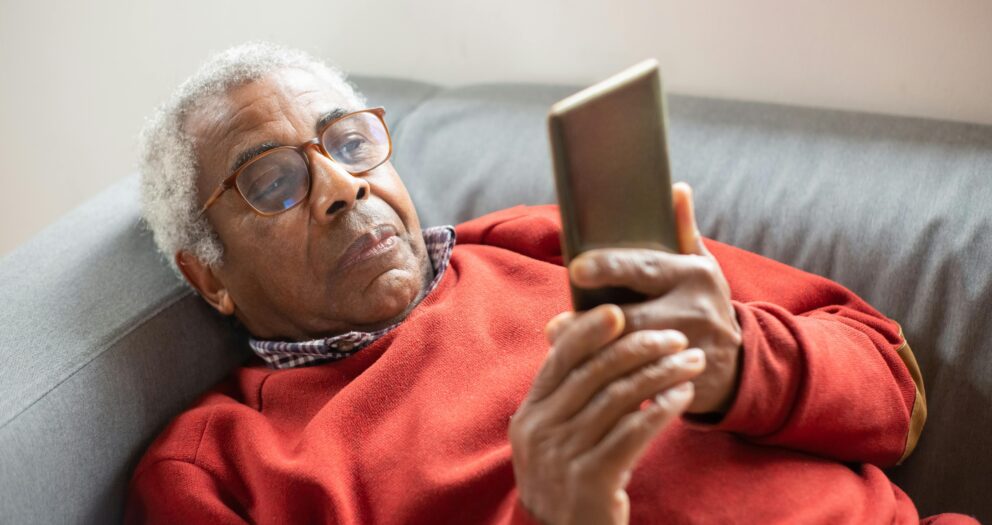Providing high-quality home care services is a top priority for healthcare professionals and caregivers. To ensure the comfort, safety, and well-being of clients who receive care at home, it’s essential to have the right home care equipment on hand.
In this exhaustive guide, we will explore a wide range of home care equipment that you should consider for your clients. Whether you are a professional caregiver, a family member caring for a loved one, or a home care service provider, this guide will help you make informed decisions to enhance the quality of care provided in a home setting.
Home Care Equipment #1: Mobility and Transfer Aids
For caregivers, mobility, and transfer aids are essential. They offer assistance to people with age-related mobility problems, the disabled, or those recovering from accidents. They include:
Mobility Aids
- Wheelchairs: Provide mobility for clients with limited walking ability. They enable users to live actively by engaging in social activities and exercises around the home. The main types of wheelchairs are manual and power wheelchairs, and you can choose which to use according to the functional fit.
- Walkers: Offer stability and support during ambulation. They are vital for clients who have a disability, are recuperating from an accident, or have age-related mobility problems. Walkers reduce the stress one puts on his or her body when used correctly.
- Canes: Canes also assist with balance and walking. They also help to reduce injury to the bones and ease pain and pressure on the lower back. Clients can opt for a single-point or even a four-point cane depending on the mobility need.
- Rollators: Rollators are flexible wheeled walkers that support individuals who have difficulties in walking or sustaining their body balance. They are versatile and vary in design, from three-wheeled to four-wheeled rollators, with varying weight capacities and different heights.
Transfer Aids
- Transfer Boards: They help clients move between surfaces, such as beds and chairs. They encourage small gradual movements instead of extensive motion, thus providing a safe option for you.
- Transfer Belts: A transfer belt is a strap that is tied around a patient’s waist. The belts help caregivers to lift patients and provide safety and added comfort.
- Lift Chairs: A lift chair is a mechanically powered seat that helps clients sit down and get up comfortably. Your clients can recline at different degrees and be tilted up to ensure they stand easily.
Home Care Equipment #2: Bathroom Safety Equipment
Bathroom safety is vital in any home setting, especially for people who need support when using bathroom facilities. The equipment is also important for home care caregivers and health workers since it enhances the safety of their clients. They include:
- Grab Bars: Grab bars are essential for providing support in the bathroom. If you have trouble balancing in the bathroom, then a grab bar is a crucial tool. They also prevent falls.
- Shower Chairs and Benches: A shower chair is an adjustable or permanent seat installed in the shower. You can use it to aid movement in the bathroom or when recovering from an injury. A tub bench is a long tub seat that enables you to slide into the tub when you want to bathe.
- Raised Toilet Seats: They are stationed on top of toilet seats to raise their height, thus facilitating easier and safer toilet use. Clients who have trouble using normal-height toilet seats due to old age or mobility issues prefer to use raised toilet seats.
- Non-Slip Mats: In a home care setting, non-slip mats are indispensable. They prevent slips, trips, and falls in the house. They are a good fit for your bathroom and other wet areas.
- Handheld Showerheads: Handheld showers make life easier for everyone in the home, due to the ease they offer through assisted showering. They allow you to be self-reliant by controlling the direction of water flow.
Home Care Equipment #3: Home Health Monitoring Devices
Health monitoring is an ongoing process in caregiving. Patients who have been diagnosed with critical conditions and illnesses require consistent monitoring. Key equipment includes:
- Blood Pressure Monitors: Enable clients to track their blood pressure regularly. To ease monitoring, you should equip yourself with a blood pressure monitor when offering home care services, especially for the elderly.
- Pulse Oximeters: They measure oxygen saturation levels in the blood, which is an important measure of how your lungs are working. As a result, they are crucial for clients who have ailments that affect oxygen saturation
- Thermometers: As a basic monitoring tool, you should always equip yourself with a thermometer. It monitors body temperature for signs of illness, allowing for early detection or diagnosis of ailments.
- Glucometers: Assist clients with diabetes in checking their blood sugar levels. You’ll be able to gauge factors that progressively change a client’s blood sugar levels, ranging from foods to medicine.
- Weight Scales: Weighing is an important aspect of health care services. Scales aid in tracking weight changes and, therefore, allow clients to make informed healthy life choices.
Home Care Equipment #4: Medication Management Tools
Medication management tools shouldn’t be ignored by caregivers, despite the ease of administering medicine. They help caregivers to organize their medication schedules, and act as reminders.
- Pill Organizers: Pill organizers keep medications organized and ensure timely doses.
- Medication Dispensers: These alleviate any medication tracking worries for the caregiver. They automate medication dispensing according to a schedule.
- Medication Reminders: Patients might skip their medication times unknowingly, and these reminders are crucial. Utilize electronic devices or apps to prompt clients to take their medications.
- Personal Health Records: Personal health records are supposed to be used throughout a patient’s recuperation journey. Maintain a record of medications, allergies, and medical history.
Home Care Equipment #5: Home Care Beds and Mattresses
Home care beds and mattresses should be of the required quality to enhance patient comfort. However, caregivers should consider important features like overbed tables for their beds when preparing to cater to their clients.
- Hospital Beds: Provide adjustable positions for clients with mobility limitations. Stable and functional beds are recommended to ensure clients are comfortable.
- Pressure-Relief Mattresses: With pressure-relief mattresses, parts of your body won’t carry excess pressure. They help prevent bedsores and promote comfort.
- Overbed Tables: Allow clients to eat, work, or read from their bed. Ensure they are fixed and compatible with the bed being used.
- Bed Rails: Rails enhance safety by preventing falls from the bed. They should be stable and strong enough to support the patient’s body weight.
Home Care Equipment #6: Respiratory Care Equipment
Respiratory care equipment is essential for patients with diagnosed breathing issues. There should be enough respiratory care equipment for them. They include:
- Nebulizers: Nebulizers administer respiratory medications effectively. They are indispensable for patients with respiratory illnesses like Asthma.
- Oxygen Concentrators: Provide supplemental oxygen for clients with respiratory conditions. They are useful for patients whose oxygen levels drop too low.
- CPAP/BiPAP Machines: Treat sleep apnea and breathing disorders. They keep breathing airways open when the patient sleeps.
- Peak Flow Meters: These are devices used to measure a person’s expiration ability. They Monitor lung function for clients with asthma.
Home Care Equipment #7: Daily Living Aids
The basic living aids are used in day-to-day activities around the home. They aid in visual and hearing functions, eating, and even dressing. They include:
- Reachers and Grabbers: For patients with mobility issues, reaching out for objects may prove difficult. These devices assist clients in reaching objects.
- Adaptive Eating Utensils: This equipment makes eating easier for clients with limited dexterity. They include specialized forks, and spoons, among other utensils.
- Dressing Aids: These assist with dressing and grooming tasks. An example is a dressing stick which comes with a designed hook to help patients lift shirts with ease when dressing.
- Hearing Aids: They are preferably used by partially deaf patients. They improve communication for clients with hearing impairments.
- Low-Vision Aids: These devices enhance visibility for clients with visual impairments. They include magnifiers, which make things appear bigger for enhanced visibility.
Home Care Equipment #8: Communication Devices
Constant, reliable communication is important in home caregiving. It takes place between caregivers and patients, or between the client and his or her family. Equipment includes:
- Telephones with Large Buttons: The emphasis should be on the large buttons. These facilitate easy dialing for seniors or patients who have low vision.
- Amplified Phones: For patients with hearing impairments, amplified phones are essential. They boost sound for those with hearing problems.
- Speech-to-Text Apps: Patients with speech challenges should also be catered for. Speech-to-text apps aid communication for clients with speech difficulties.
- Tablets and Computers: Enable video calls and online communication.
Home Care Equipment #9: Home Safety and Fall Prevention
To prevent falls and impact injuries, caregivers must avail fall prevention and safety tools. Some clients who need support to walk or are recovering from injuries must have this equipment. They include:
- Bed Alarms: Bed alarms make it easier for patients to access care when they need it. They also alert caregivers when clients attempt to leave the bed.
- Motion Sensors: Motion sensors are crucial in any home caregiving setting. They detect movement and provide alerts for falls.
- Door Alarms: Door alarms provide important notifications for caregivers and family members. They notify caregivers when doors are opened.
- Well-lit Pathways: Lighting should be a priority to enhance patient safety within the house. Well-lit pathways ensure adequate lighting to prevent tripping.

Home Care Equipment #10: Home Exercise and Rehabilitation Equipment
A key part of home recovery and care entails exercises. Basic exercises facilitate faster recovery and improve body strength and stamina. Tools required include:
- Resistance Bands: Resistance bands are key home exercise tools. They assist clients in maintaining strength and flexibility.
- Balance Boards: Motion injuries normally affect mobility and stamina. Balance boards, as exercise equipment, improve balance and stability.
- Hand and Finger Exercisers: Hand and finger exercises facilitate tissue healing processes. They also enhance fine motor skills.
- Pedal Exercisers: These tools help to strengthen the legs and arms through continuous exercise. A pedal exerciser also enables low-impact cardiovascular exercise.
Conclusion
Selecting the right home care equipment for your clients is essential for providing a safe, comfortable, and effective caregiving experience. By considering the needs and preferences of your clients, as well as consulting with healthcare professionals, you can ensure that the equipment chosen is appropriate and beneficial. Keep in mind that the goal of home care equipment is to enhance the quality of life for clients and promote their independence and well-being in a home setting.



Write a comment
Your email address will not be published. All fields are required